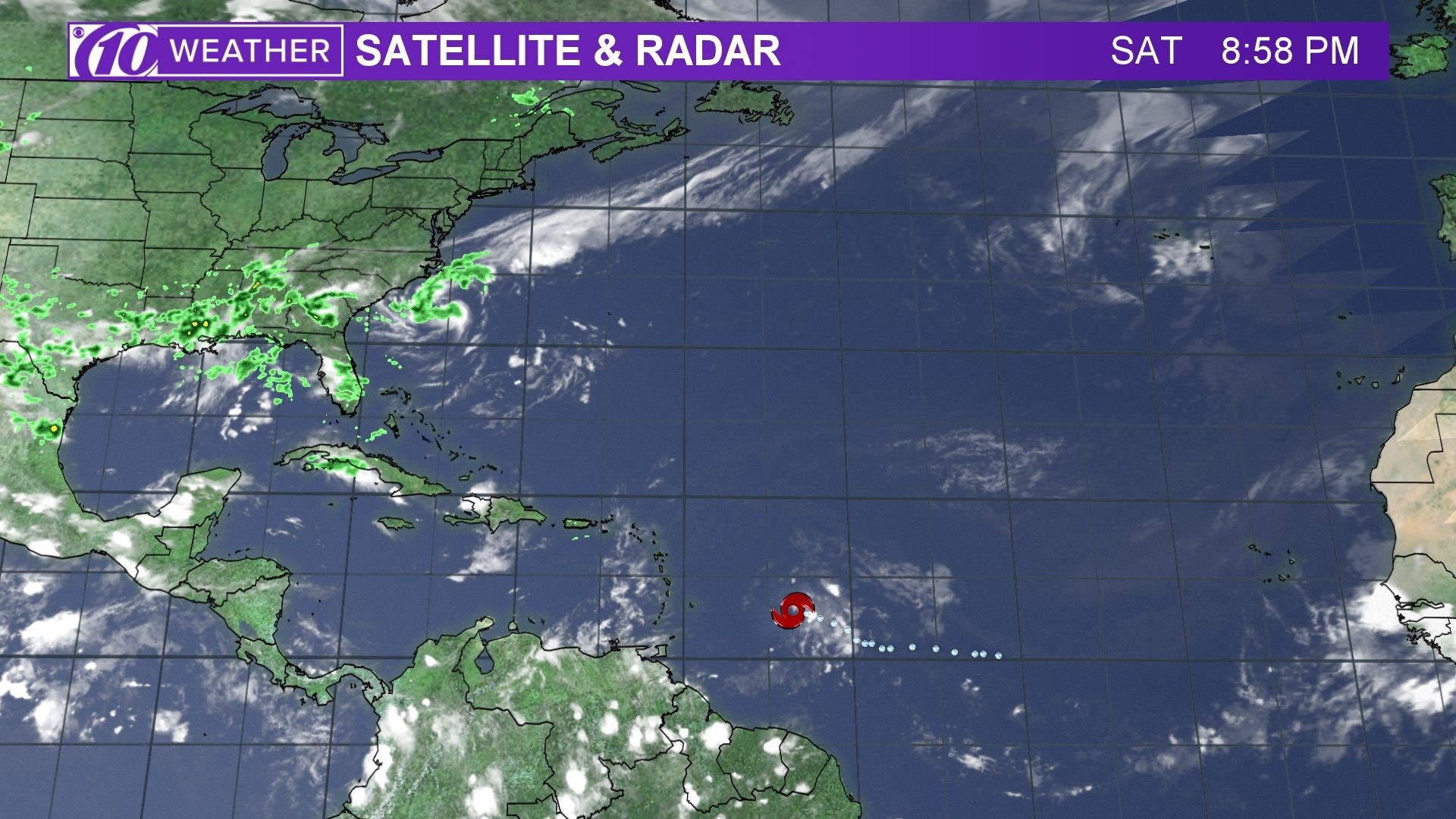Spaghetti Models for Beryl

Spaghetti models for beryl – Spaghetti models are a type of ensemble forecast model that is used to predict the path of tropical cyclones. They are created by running a large number of individual model runs, each with slightly different initial conditions. The resulting spaghetti plot shows the range of possible paths that the storm could take.
Spaghetti models are a useful tool for forecasters, as they provide a probabilistic forecast of the storm’s path. This information can be used to make decisions about evacuations and other emergency preparations.
Spaghetti models for beryl can help us understand the potential paths of the storm. These models provide valuable information about the storm’s intensity and direction, allowing us to make informed decisions about evacuation and preparation. To stay updated on the latest information about beryl in Puerto Rico, visit beryl puerto rico.
Spaghetti models for beryl will continue to be updated as the storm progresses, providing us with the most up-to-date information on its potential path.
Assumptions and Limitations, Spaghetti models for beryl
Spaghetti models are based on a number of assumptions, including:
- The storm will follow a path that is consistent with the laws of physics.
- The initial conditions of the model are accurate.
- The model is able to accurately simulate the complex interactions between the storm and the atmosphere.
These assumptions are not always valid, which can lead to errors in the spaghetti model forecast. For example, if the storm encounters unexpected wind shear or other environmental conditions, it may not follow the path predicted by the model.
Spaghetti models for beryl, the ones that try to predict the path of a storm, can be very helpful for those in the path of the storm. They can give people time to prepare for the storm and to get out of harm’s way.
You can learn more about spaghetti models for beryl here.
Advantages and Disadvantages
Spaghetti models have a number of advantages over other types of forecast models. These advantages include:
- They provide a probabilistic forecast of the storm’s path.
- They are relatively easy to understand and interpret.
- They can be used to generate a wide range of forecast products, such as track forecasts, intensity forecasts, and wind speed forecasts.
However, spaghetti models also have a number of disadvantages. These disadvantages include:
- They can be computationally expensive to run.
- They can be sensitive to the initial conditions of the model.
- They can be difficult to interpret when the storm is expected to make a sharp turn.
Methodologies for Developing Spaghetti Models for Beryl

Developing and validating spaghetti models for Beryl requires a systematic approach that ensures accuracy and reliability. Here are some best practices:
Data collection and preparation: Gather high-quality historical data on Beryl’s behavior, including track information, intensity, and environmental factors. Ensure data is cleaned, standardized, and consistent.
Parameterization of Spaghetti Models
Parameterization involves assigning values to model parameters to represent Beryl’s behavior. Different approaches include:
- Historical data-based parameterization: Use historical data to estimate model parameters through statistical methods or machine learning algorithms.
- Ensemble-based parameterization: Generate multiple model runs with different parameter sets and combine their results to obtain a more robust prediction.
- Expert-based parameterization: Incorporate knowledge and insights from experienced forecasters or domain experts into the model parameterization process.
Examples of Successful Spaghetti Models for Beryl Analysis
Several successful spaghetti models have been developed for Beryl analysis:
- Ensemble Spaghetti Model: An ensemble model that combines multiple spaghetti model runs with different parameterizations, providing a probabilistic forecast of Beryl’s track and intensity.
- Bayesian Spaghetti Model: A probabilistic model that incorporates uncertainty in model parameters and data, resulting in more reliable predictions.
- Hybrid Spaghetti Model: A model that combines deterministic and probabilistic elements, leveraging the strengths of both approaches.
Applications of Spaghetti Models for Beryl Analysis

Spaghetti models have proven their utility in various aspects of Beryl analysis, aiding in forecasting, optimization, and decision-making. Their ability to capture uncertainties and simulate multiple scenarios makes them a valuable tool for analyzing Beryl’s behavior and impact.
Forecasting
Spaghetti models excel in predicting the path and intensity of Beryl. By incorporating ensemble forecasts from numerical weather prediction models, they generate a range of possible outcomes, providing a probabilistic view of the storm’s evolution. This information is crucial for disaster preparedness, evacuation planning, and resource allocation.
Optimization
Spaghetti models are used to optimize evacuation routes and emergency response plans. By simulating different storm scenarios, they identify potential bottlenecks and areas of high risk. This enables decision-makers to allocate resources efficiently, ensuring the safety of communities and minimizing disruption.
Decision-Making
Spaghetti models provide valuable insights for decision-making during Beryl events. By assessing the likelihood and potential impacts of various scenarios, they assist officials in making informed choices regarding evacuations, school closures, and other emergency measures. This timely and accurate information empowers decision-makers to safeguard public safety and minimize the socio-economic consequences of the storm.
Case Studies
Numerous case studies demonstrate the practical applications of spaghetti models for Beryl analysis. For instance, during Hurricane Florence in 2018, spaghetti models effectively predicted the storm’s path and intensity, enabling timely evacuations and reducing damage.